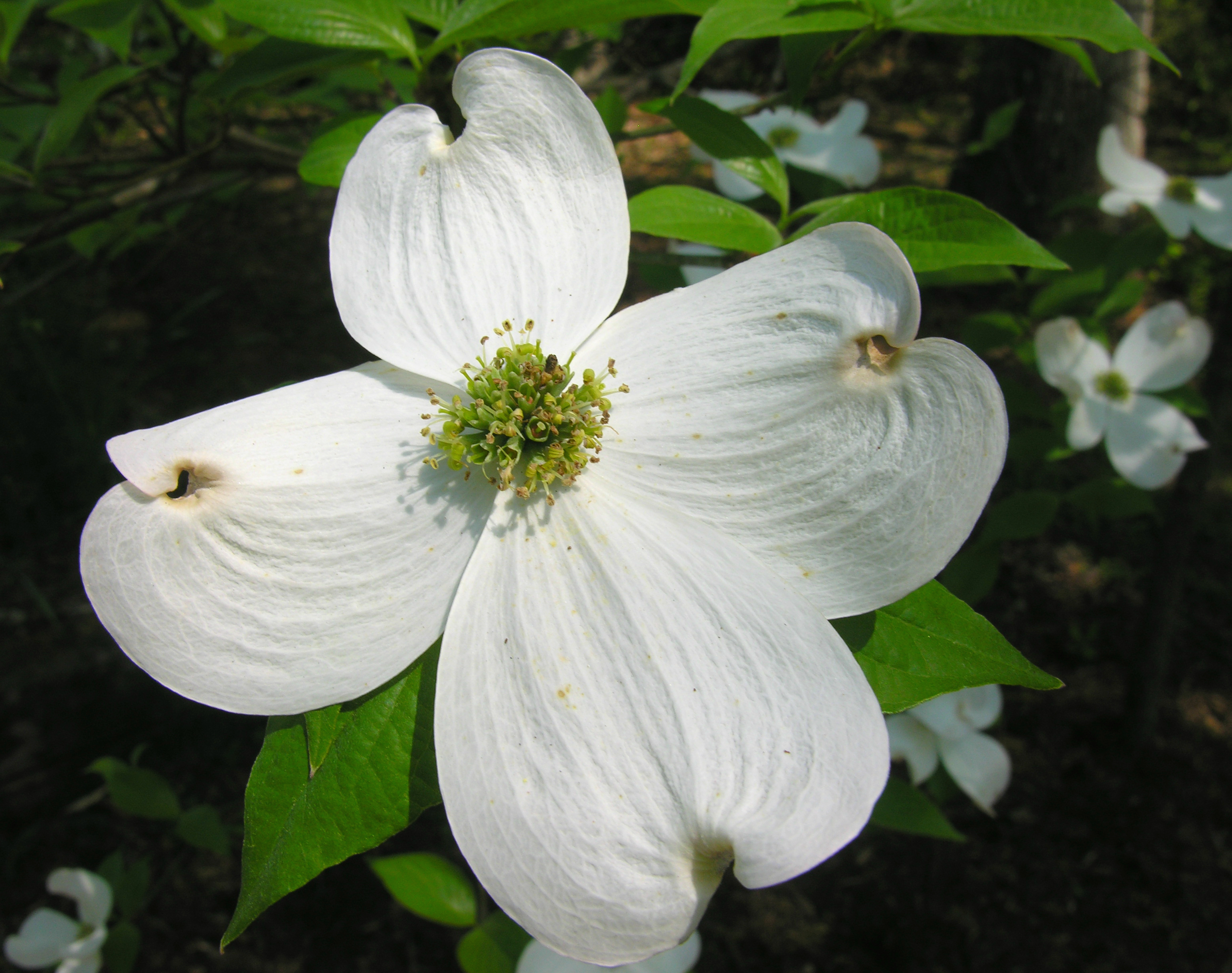Aurora Dogwood Tree Facts

An outstanding yard or patio tree.
Aurora dogwood tree facts. Additional colors can be created by mixing dogwood root with other plants that provide dyes. Unfussy in its care requirements the dogwood readily thrives in the home landscape and grows quickly. Exceptionally disease and borer resistant. Controversa have their leaves alternate.
It is exceptionally disease and borer resistant. Large overlapping flower bracts with a velvety texture almost cover the foliage of this small tree in early spring. Dogwood flowers have four parts. Dogwoods have simple untoothed leaves with the veins curving distinctively as they approach the leaf margins.
One of the most interesting dogwood tree facts is that their roots are used to make dyes. As long as you offer the tree plenty of water and sunshine like most plants the dogwood will do just fine. The aurora dogwood is a deciduous tree with an upright and pyramid like shape and dense spreading branches. When young it has a vase like shape.
The dogwood tree is a majestic ornamental well adapted to life in the united states. Download print pdf tree fact sheet download tree reference guide where this plant thrives in the us. The flowers are white and become creamy white as they age. Aurora dogwood grows to a mature size of 25 feet tall and equally wide.
The main attraction is the appearance of the showy white or pink flowers actually bracts that herald the arrival of spring. There are several species of dogwood the roots of which provide different color dyes. Aurora has a reputation as a heavy bloomer with a mass of flowers to appreciate this variety is more spreading in growth habit than the other white varieties. The dogwood one of the most popular trees in the country offers an unmatched four season display of beauty.
These species vary wildly from shrubs to deciduous temperate trees and evergreens. The aurora dogwood has large overlapping white flower blooms with a velvety texture that almost cover the foliage of this small tree in early spring. The flower heads have large flowers bracts that are velvety and heavily textured in appearance. There are over 50 species within the cornus or dogwood genus.
Most dogwood species have opposite leaves while a few such as cornus alternifolia and c.























